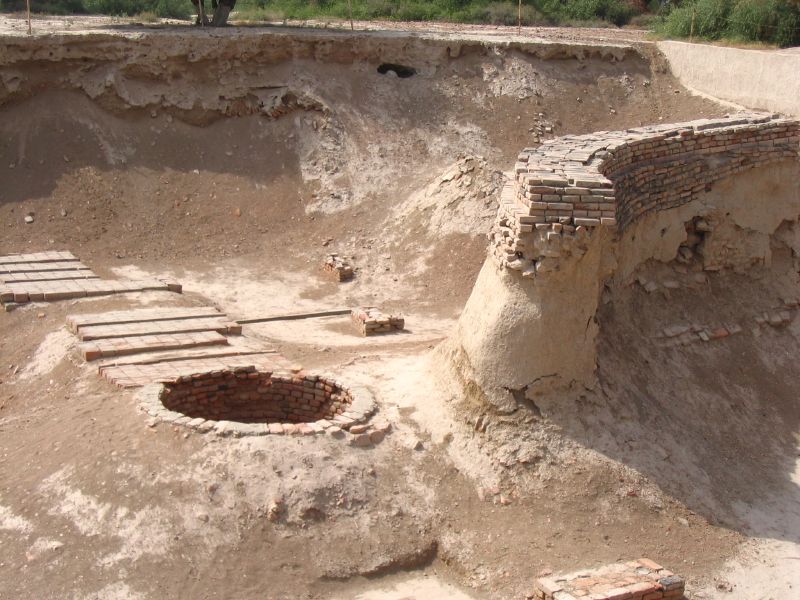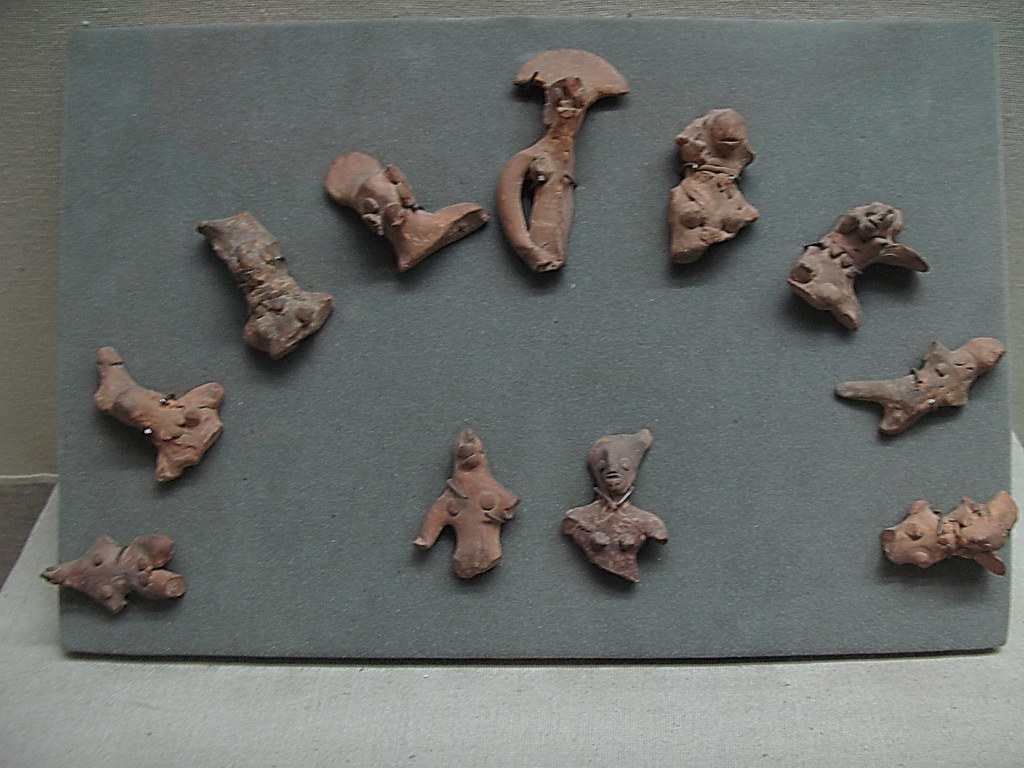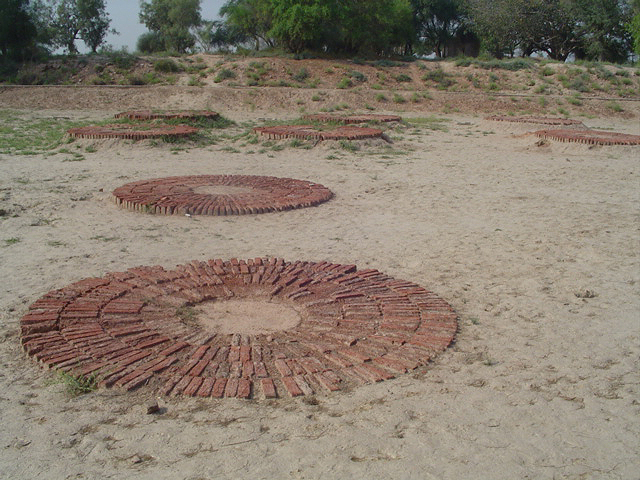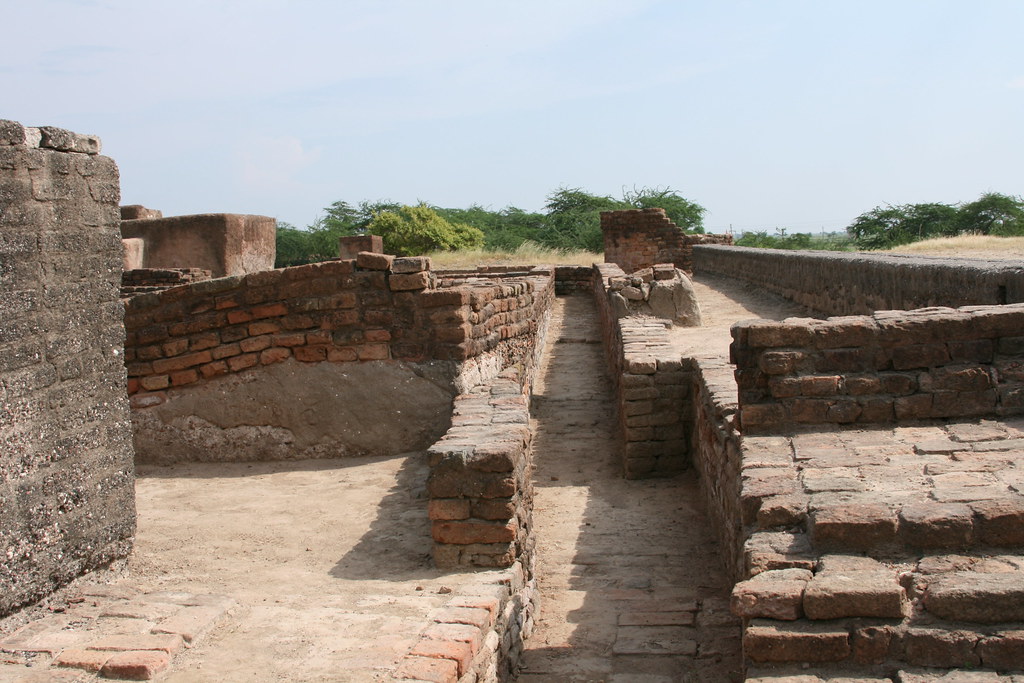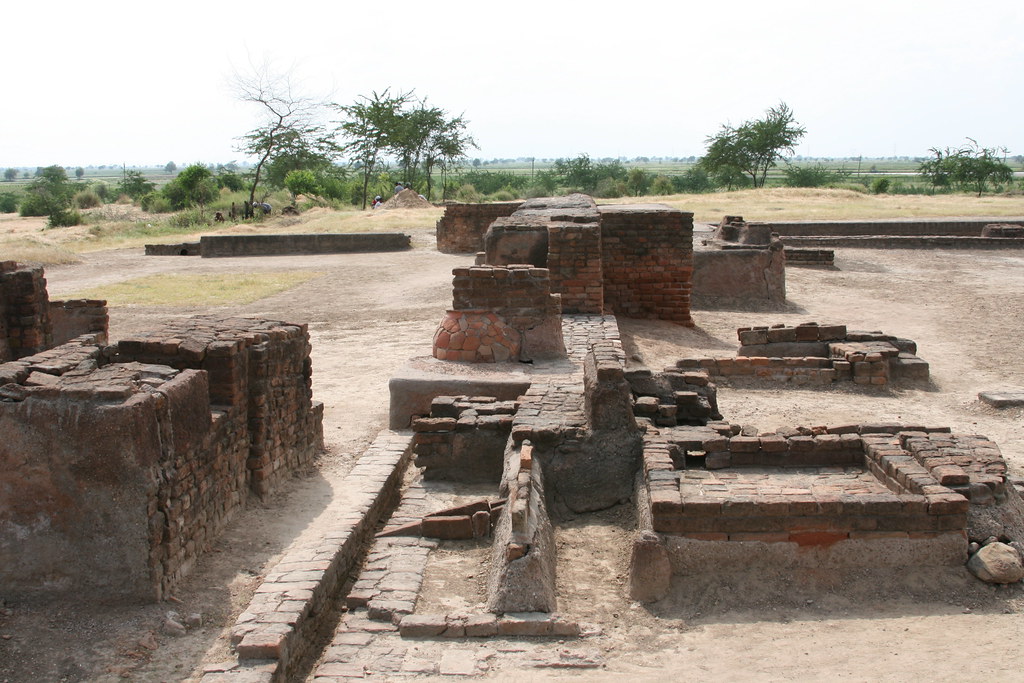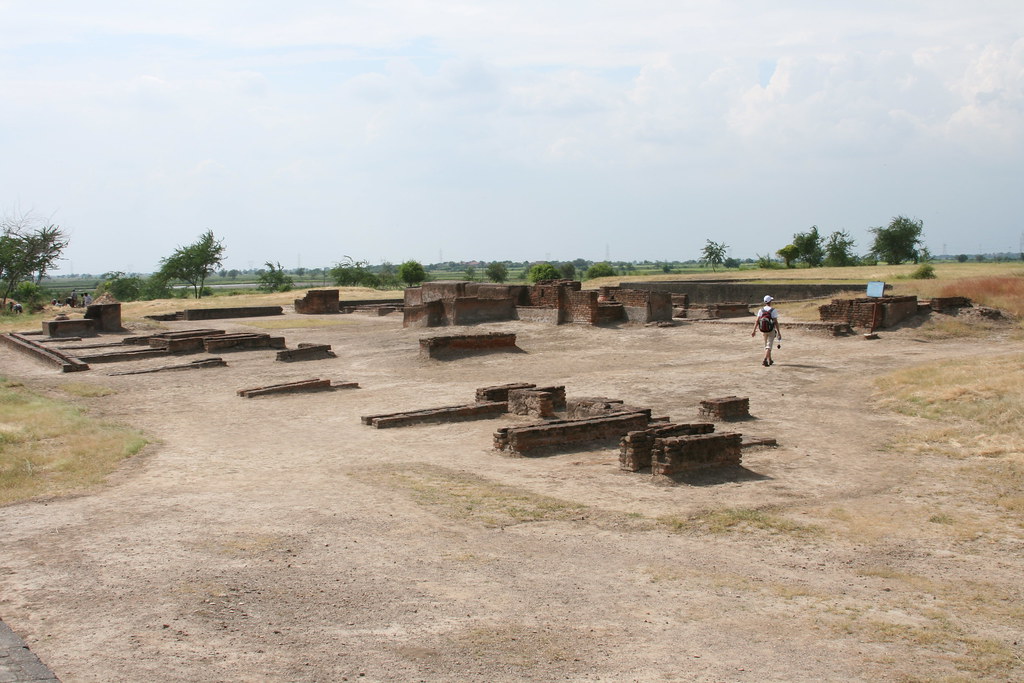Rebuilt remains of a temple to the Zoroastrian god Mithras.
Conspiracy theorists the world over look at major financial centers for signs of secret societies. Long before IIluminati, Masons, or even Templars had instituted their secret handshakes and hidden brotherhood - and even longer before bestselling author Dan Brown made everyone aware of them - ancient Rome had its own secret societies.
Mere blocks from the financial epicenter of the London Stock Exchange in the center of the city of London lies the reconstructed remains of a Roman temple to the Zoroastrian god Mithras, whose mystery cult was known to exist all over the empire. As would be expected of a secret society that came to power almost two thousand years ago, not much is known of the secret cult surrounding Mithras. Even in antiquity the rites were kept shrouded in secrecy, and male-only membership was proven with secret passwords and handshakes.
What we do know is that Mithras was a hero figure in a battle between good and evil, and that he is often depicted in a cave slaying a bull. He was popular with the military and political elite, so garrisons all over the Roman world were known to have temples dedicated to Mithras, called Mithraeum.
The Mithraeum in Londinium was built in the late second century, but seems to have fallen out of use by the early fourth century when the temple was filled with religious statues and apparently sealed. This temple was easily ignored; as was common with Mithraeum, it was built 18 feet below street level to create a symbolic cave emulating the one where Mithras slayed the bull.
The location of this temple to Mithras is hardly surprising, as the city of London (Westminster) is roughly in the same location as the Roman settlement in Londinium. Subsequent development in London's financial district lead to the Mithraeum being disassembled and rebuilt on Walbrook Street, where it can be seen by all at slightly above street level.
Mere blocks from the financial epicenter of the London Stock Exchange in the center of the city of London lies the reconstructed remains of a Roman temple to the Zoroastrian god Mithras, whose mystery cult was known to exist all over the empire. As would be expected of a secret society that came to power almost two thousand years ago, not much is known of the secret cult surrounding Mithras. Even in antiquity the rites were kept shrouded in secrecy, and male-only membership was proven with secret passwords and handshakes.
What we do know is that Mithras was a hero figure in a battle between good and evil, and that he is often depicted in a cave slaying a bull. He was popular with the military and political elite, so garrisons all over the Roman world were known to have temples dedicated to Mithras, called Mithraeum.
The Mithraeum in Londinium was built in the late second century, but seems to have fallen out of use by the early fourth century when the temple was filled with religious statues and apparently sealed. This temple was easily ignored; as was common with Mithraeum, it was built 18 feet below street level to create a symbolic cave emulating the one where Mithras slayed the bull.
The location of this temple to Mithras is hardly surprising, as the city of London (Westminster) is roughly in the same location as the Roman settlement in Londinium. Subsequent development in London's financial district lead to the Mithraeum being disassembled and rebuilt on Walbrook Street, where it can be seen by all at slightly above street level.




